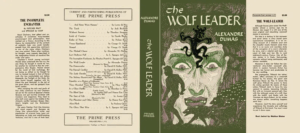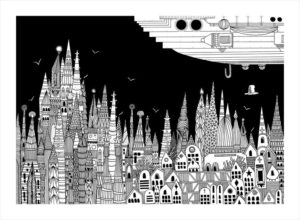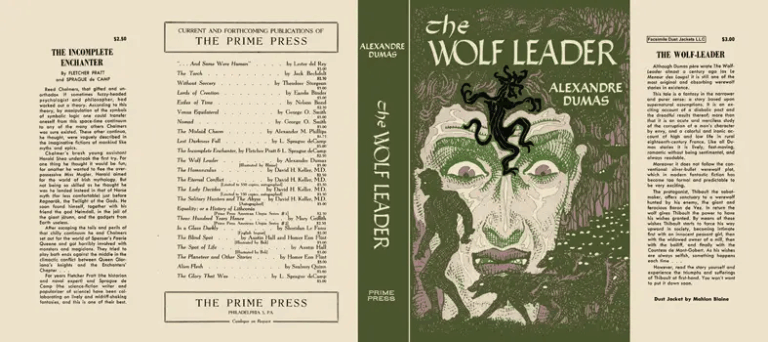After Alice wanders away from the Tea-Party, she stumbles upon a tree with a door in it and she walks through it only to find herself where she started, in the hallway with the glass table and the golden tree. Before we follow her through the door she initially wanted to cross, into the Queen’s garden and her croquet game, I wanted to collect some illustrations of the iconic tree. It’s one of the most representative scene of the whole book.
The first one to illustrate it is Carrol, of course, and he does so in the same way he describes it: there’s a tree and it has a door in it and there’s nothing fancy or strange about it. It’s just a door.
People have argued that Alice going through a door inside a tree, since the door is usually made out of chopping down the tree itself, is in itself a sign of going around in circles and it’s not surprising that she finds herself at the point where she started.
Is it, though?
Charles Robinson uses an equally plain door, but at least he decides to tilt the trunk a little bit, giving us the impression that another fall will be required in order to progress in the story. We don’t really care about orientation, gravity or geometry in Wonderland, do we?
As usual, I love the decorative frame and the details on the side, with the other trees. The background is also worthy of Arthur Rackham, who unfortunately doesn’t illustrate the door.
Philip Mendoza did this watercolour for an adaptation for pre-school children published in the magazine Treasure in 1966. The original was put on sale here.
Note in the background you can see the Mad Hatter and the March Hare stuffing the unfortunate Dormouse into the teapot.
Other artists however add fanciful details, artists such as Angel Dominguez in 1996: he gives an incredibly twisted tree and a door that seems to be from the elven realms of the Lord of the Rings, but also a bunch of creatures that seem to come out from the Disney movies, animals on one side and stationery on the other side. I love it and I have to thank the Alicismo blog for it.
One can’t help but think that the scene was the inspiration for this other illustration by Philip Gough in 1949, but then it was turned around to show Alice finding the White Rabbit’s house.
More often, however, artists decide to skip the hall in between and show us the door leading directly to (spoiler alert) the Queen of Hearts’ garden, where she’s playing croquet with the Duchess. It’s the case of Mary Blair, for instance, with her concept art for the Alice in Wonderland Disney cartoon.













No Comments